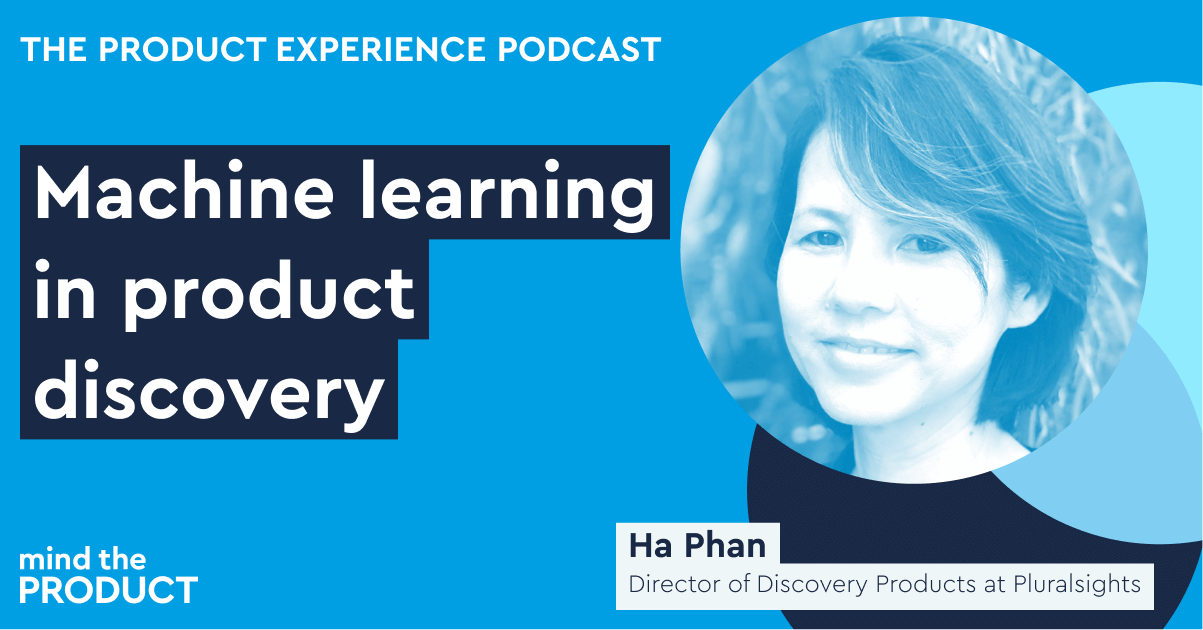Advertorial
Whether your desktop application is competing with SaaS newcomers or you’re working to SaaSify your on-prem offerings, software usage data is critical to making informed roadmap and customer lifecycle decisions.
In this talk, Toby Martin, CEO of Extensis, explains how his team worked with the software usage analytics team at Revenera to gain a deeper understanding of how its customers use its products and how this informed changes in its roadmap to deliver greater customer value.
Watch the talk in full or read on for the summary. You can also access a free webinar recording from Revenera at the end of this post!
Responding to competitive pressure
Extensis is a company whose journey started with usage data analytics as a means of cost cutting and which ultimately led to shaping the future of the business.
Two years ago, Toby became the CEO. Since then, his remit has been to take the business out of on-premise and into software as a service (SaaS) in response to the competitive landscape and evolution of customer needs.
The team at Extensis works with creative agencies to resolve disruptions in their workflows. The company does everything from managing fonts to digital asset management and geospatial satellite compression software: “The commonality between these things is that they’re all assets, and used to create amazing campaigns,” he explains. Extensis has around 200,000 customers around the world, and employs about 100 staff in five countries.
Do you really know your customers?
The size of the challenge was brought home to Toby when his QA team told him in 2014 they had 1,256 possible customer configurations that they needed to test. ”We would just provide support any time anyone called us,” says Toby. They needed to get this under control, he adds, it was a huge cost to the business, so the initial intention in collecting data was to cut costs and deliver some clarity about where to invest, where to innovate, and which product to cut costs or invest to invigorate. Says Toby: “It helped us put an end-of-life policy into practice, to get proper testing in place, and evolve legacy products to the cloud.”
Toby says that the assumption that you can just “lift and shift” legacy products to the cloud is erroneous. “The idea that you can do everything you do on-premise via the cloud will leave you and your customers immensely frustrated,” he adds. Extensis looked at customer data by integrating Revulytics (now Revenera) monitoring products into all its legacy products. The results from this data challenged many of their assumptions and gave the business’ leadership the critical information they needed to help with strategic planning. Says Toby: “As a 28-year-old software company we thought we knew what customers were doing, but when we looked at the data we gained a lot of meaningful insights.”
As a 28-year-old software company we thought we knew what customers were doing, but when we looked at the data we gained a lot of meaningful insights.
Extensis leadership then quickly decided that they needed to better understand and service their customers and reorganised all its customer-facing groups around a customer success model. “Customers will tell you what they want but they won’t necessarily tell you where they’re trying to get to with it,” Toby comments, “so don’t just ask them what they want to do, look at what they’re actually doing and dig deeper to find the meaning of your data.”
Accessing accurate customer data
The move to a customer success model has changed the conversations to focus on workflow and the problems that customers were trying to solve rather than its own product features and functions. “It has allowed us to prioritise and build roadmaps based on accurate customer data,” says Toby.
Toby acknowledges that Extensis started its move to SaaS at a serendipitous time because its customers were already looking to move to subscription models. There have been lots of benefits, for example, the move to SaaS will enable Extensis to reduce its number of codebases from four to one in the very near future. Says Toby: “Moving forward we’re talking about a single codebase with a fraction of the number of lines of code, automated testing, continuous deployment for faster uptime and frequency of releases, no capital expenditure.”
Making the move from on-premise to SaaS
For any software business contemplating the move from on-premise to SaaS, data is always the best place to start, says Toby. “We had over 200,000 seats of software and there was no way we were talking to all these people. We didn’t know why they were buying from us, we were making the numbers but we couldn’t track it back to the root cause. Putting in usage intelligence allowed us to track back to the root cause so that whether our customer base knew it or not, they were driving our roadmap with data.” He’s found that usage intelligence helps deliver customer value and ensures long-term relationships, which means the customer gains increased value while the software company can monetise its work.
Putting in usage intelligence allowed us to track back to the root cause so that whether our customer base knew it or not, they were driving our roadmap with data.
He says usage data has enabled Extensis to drive innovation, largely based on long-term planning, meaning the business can be efficient and more profitable while keeping costs like headcount under control.
The impact of pivoting to a SaaS model
Extensis is now two years into its three-year plan to pivot to a SaaS model. It still has many legacy customers, but 49% of licences are used daily and the company is able to see which accounts go for more than seven days without a login and flag them as “red” accounts for immediate check-in. “This understanding of which pieces of the platform customers are using allows us to maintain customer success scores,” says Toby.
Learn how to SaaSify your on-prem offering
If you’re interested in learning more about making the transition from on-prem to SaaS, you’re in luck. This free webinar from Revenera — Software Usage Analytics for Desktop Applications — dives deep into what’s relevant for desktop applications when it comes to analytics. Discover the questions that need to be answered and hear the answers to some commonly asked questions.









Comments
Join the community
Sign up for free to share your thoughts